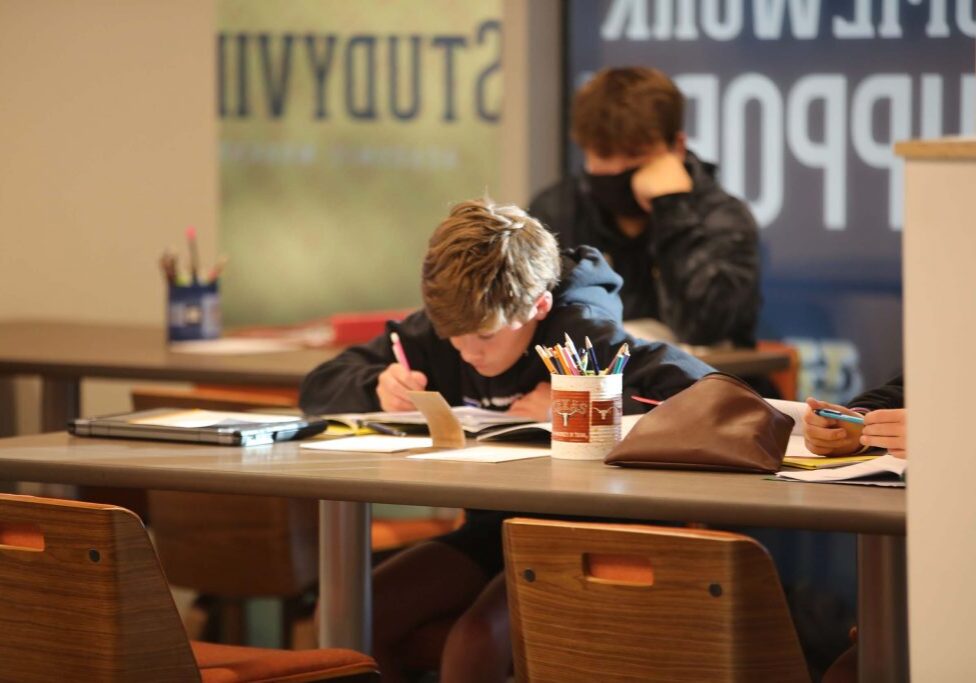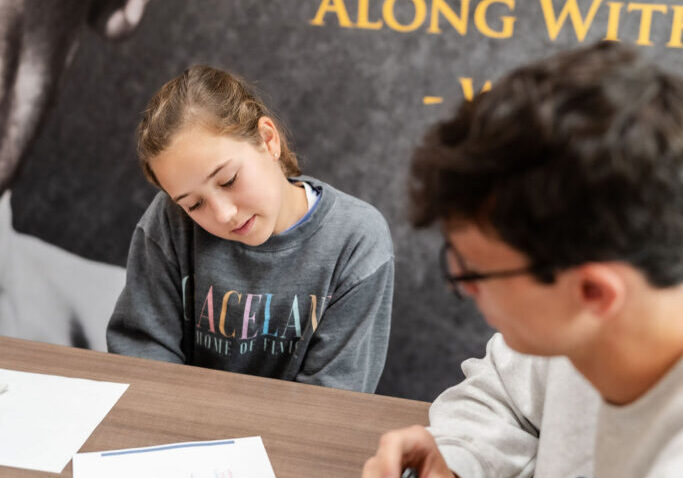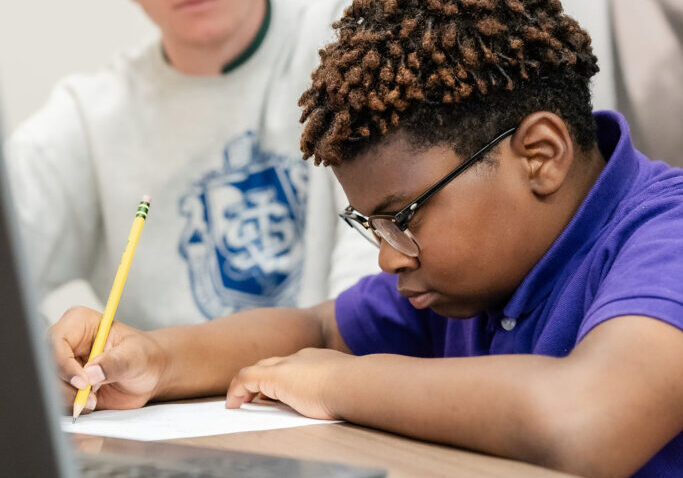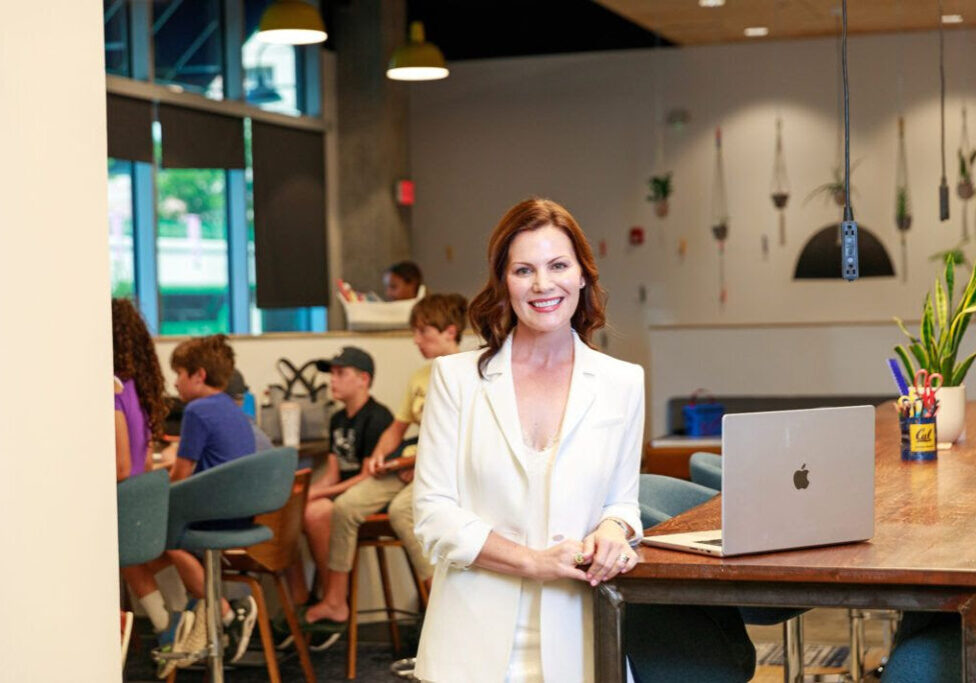
Why human connection still matters in education—and what students stand to lose if we forget that.
One of the saddest sights you can see as an adult is to walk down a Kindergarten hall at a school and hear . . . nothing. Poke your head in a classroom and you will see 5-year olds on computers with headphones, mesmerized, quiet, and still. Welcome to the age of online teaching, tutoring, and AI learning.
AI Is Here—but so is the backlash. Artificial intelligence has entered the education sector with force—automated grading, chatbot tutoring, instant writing tools, adaptive learning platforms, robot teaching and tutoring. These tools offer efficiency and insight into child learning, but they also raise deeper questions: What happens when learning is reduced to input and output? Can students build real understanding without dialogue, trust, or connection . . . or eye contact? How do we maintain a human-centered approach in an increasingly digital world? In a recent Inc. article by Joe Procopio, the author predicts a coming wave of “anti-AI” startups focused on human services—real people doing work AI can’t replicate. Education is poised to be one of the first places this shift becomes essential.
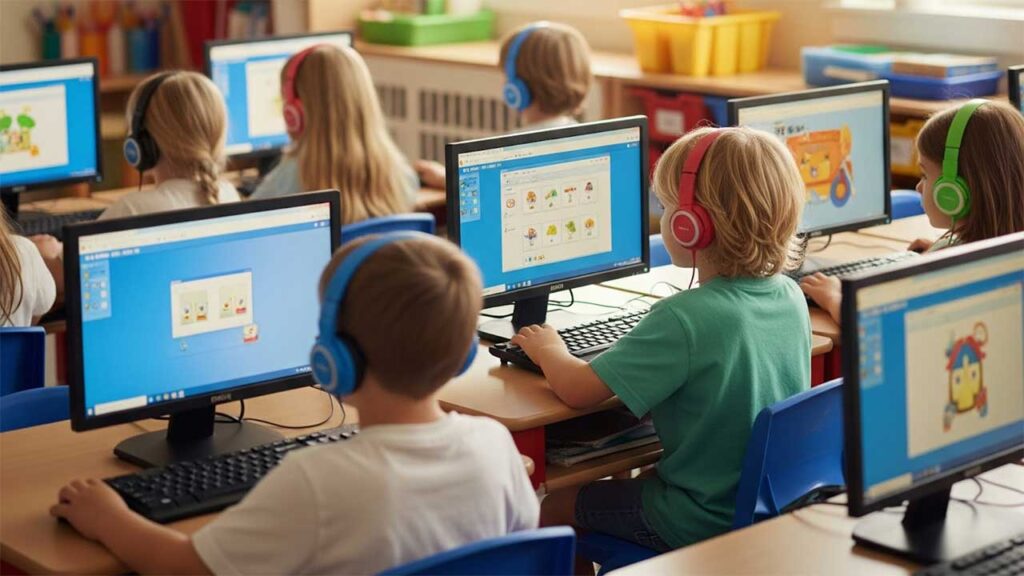
What AI Can Do—and What It Can’t
AI is getting faster, smarter, and more responsive. It can summarize texts, solve math problems, and mimic conversation. But it cannot replace the essence of what helps students grow: relationships, empathy, and personal connection.
In-person tutors can:
- Read body language and emotional cues.
- Adapt tone and method in real time.
- Build trust over time with consistency.
- Guide students through setbacks and build resilience.
- Create structure and accountability that many students lack at home or online.
AI can give an answer. A human tutor can ask the right question.
Why In-Person Matters Now More Than Ever
Over the last several years, virtual learning filled a necessary gap. But many educators and families are seeing its limits, especially in tutoring: Screen fatigue has dulled engagement. Students do not want to be on a zoom tutoring session after a long day of school. Students with learning differences often struggle to focus in virtual sessions. Executive functioning gaps—not just academic content—require real-time coaching and support. Parent involvement in virtual environments is inconsistent, especially in underserved communities. In-person tutoring allows for a controlled, focused, supportive environment, free from distractions and built around student strengths. It doesn’t just fill academic gaps—it restores structure, builds confidence, and reinstates connection.
As Jonathan Haidt explores in The Anxious Generation, rising screen time and declining real-world interaction are directly linked to worsening mental health outcomes in children. In-person tutoring offers a vital counterbalance—bringing structure, presence, and connection back into students’ lives.
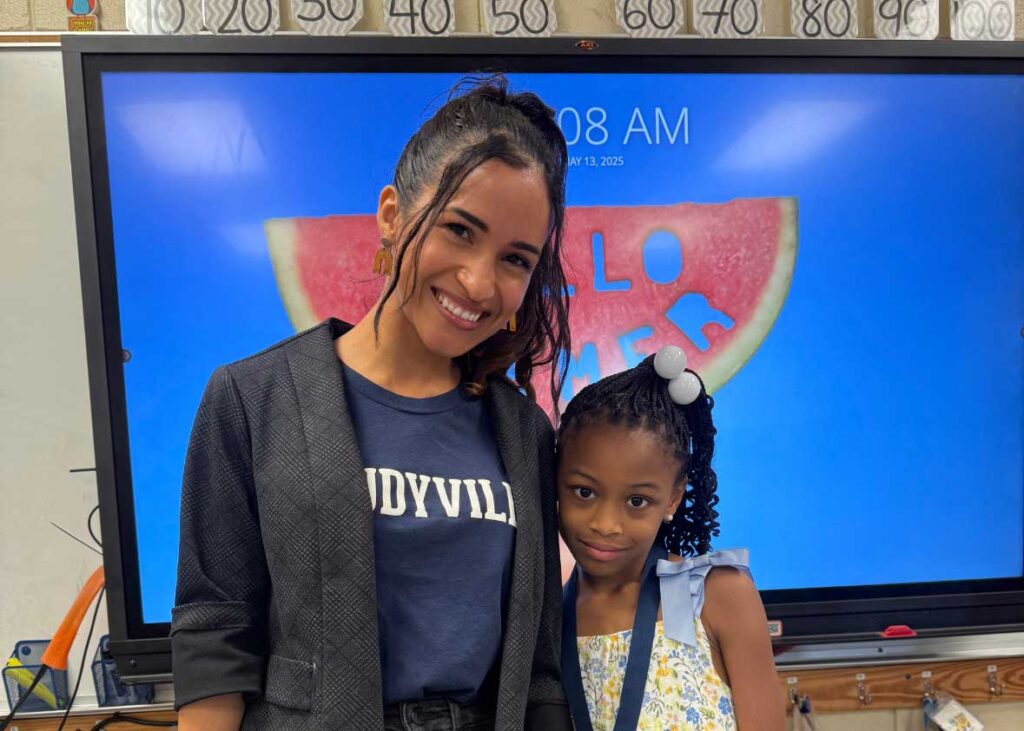
The Research Is Clear: High-Impact Tutoring Works
The concept of high-dosage tutoring—defined as 1:1 or small group instruction several times a week—has shown measurable gains in math, literacy, and student engagement. A 2023 report from the Annenberg Institute at Brown University confirms that frequent, in-person tutoring is among the most effective interventions for learning acceleration. But it only works when:
- Tutors are consistent and trained
- Sessions happen during or immediately after school
- Instruction is personalized
Targeted AI can’t deliver this. At least, not yet—and possibly never without compromising something essential.
Beyond Academics: The Role of Human Tutors
In-person tutors do more than teach. In-person tutors can
- Provide structure that eases stress at home
- Help students develop study habits and time management
- Offer mentorship and encouragement
- Build a sense of accountability often missing in digital platforms
- Provide that human connection that is essential for childhood development
For many students, especially in middle and high school, this is the only time someone is fully present, focused, and invested in their academic well-being.
The Human Future of Education
AI will continue to grow. But as we adopt new tools, we can’t forget the fundamental needs of learners: connection, feedback, encouragement, and presence. In-person tutoring is not just a fallback or a luxury—it’s a necessity for many students, particularly those most impacted by learning loss, economic challenges, or disengagement. The education sector doesn’t need more automation. It needs better human solutions, delivered with consistency, care, and competence.
As technology evolves, so should we—but not at the cost of losing what makes learning meaningful. In-person tutoring remains one of the most effective, equitable, and human-centered interventions in modern education.
Let’s not automate out the very things that help students thrive.

Amanda Martin is the Founder and CEO of Studyville®
